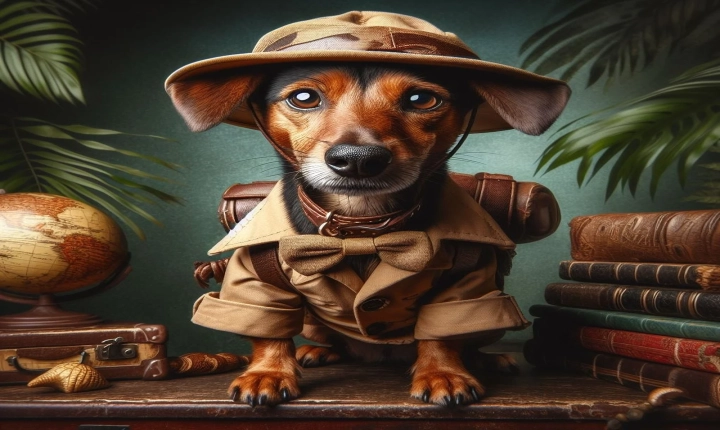Title: How to Create AI-Generated Pictures: A Beginner’s Guide
In recent years, artificial intelligence (AI) has made significant advancements in the field of image generation. With the use of AI algorithms and deep learning techniques, it is now possible to create stunning and realistic pictures that are indistinguishable from those captured by a human photographer. If you are intrigued by the idea of generating your own AI pictures, then this beginner’s guide will provide you with a step-by-step process to get started.
Step 1: Understand the Basics of AI Image Generation
Before diving into the practical aspects of creating AI-generated pictures, it is essential to have a basic understanding of the underlying technology. AI image generation typically involves the use of Generative Adversarial Networks (GANs) or Variational Autoencoders (VAEs). GANs are composed of two neural networks – a generator and a discriminator – that work together to create realistic images, while VAEs are a type of neural network that learns to generate new images from a given dataset.
Step 2: Collect a Dataset
To train your AI model to generate pictures, you will need a dataset of images to serve as the foundation for learning. Depending on the specific style or type of picture you want to create, you can either curate images from the internet or use publicly available datasets. It is important to ensure that the dataset is diverse and comprises high-quality images to produce better results.
Step 3: Choose the Right Framework and Tools
Selecting the appropriate framework and tools is crucial for the successful creation of AI-generated pictures. Popular deep learning frameworks such as TensorFlow, PyTorch, and Keras provide the necessary tools and functionalities for building and training AI models. Additionally, familiarize yourself with image processing libraries such as OpenCV and PIL to manipulate and process the generated images.
Step 4: Build and Train Your AI Model
Once you have gathered the necessary resources, it is time to build and train your AI model. Depending on your level of expertise, you can either utilize pre-trained models available in the chosen framework or develop your own model from scratch. Training the model involves feeding the dataset into the network and adjusting the model’s parameters to minimize the difference between the generated images and the original dataset.
Step 5: Generate AI Pictures
After the model has been trained, it can then be used to generate AI pictures. By inputting random vectors or specific parameters into the model, you can influence the type, style, and content of the generated images. Experiment with different inputs and explore the variations in the generated pictures to discover unique and visually appealing results.
Step 6: Refine and Enhance the Results
While the initial AI-generated pictures may be impressive, it is often necessary to refine and enhance the results to achieve higher quality outputs. Post-processing techniques such as color correction, filtering, and image augmentation can be applied to further improve the visual appeal of the generated pictures.
Step 7: Share and Iterate
Once you have successfully created AI-generated pictures, consider sharing your creations within the AI and creative communities. Seek feedback and suggestions for improvement that can help refine your approach and lead to new creative possibilities.
In conclusion, the ability to create AI-generated pictures opens up a world of artistic and creative opportunities. By following the steps outlined in this beginner’s guide, individuals with an interest in AI and image generation can embark on a journey to produce captivating and visually engaging pictures using the power of artificial intelligence. As technology continues to advance, the potential for AI picture generation will only expand, offering endless avenues for exploration and innovation.
